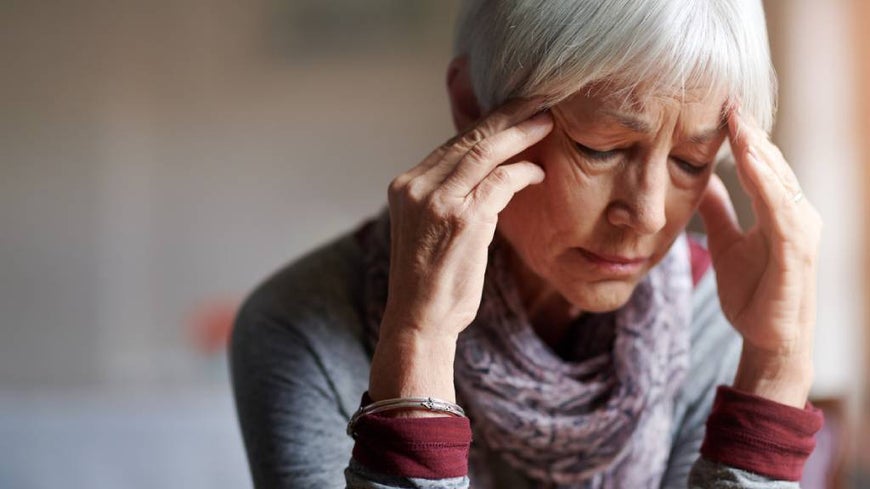Migraine attacks are much more than just a bad headache

Sandra Bridekirk exclusively interviews Neurologist Professor Tissa Wijeratne for Australian Seniors.
Migraines. They can be a real pain sometimes. For those who suffer from them regularly, they can actively take away some quality of life, and leave them feeling drained, exhausted, in pain, and in some cases, unable to even leave the house. Here, we consult an expert Neurologist Professor Tissa Wijeratne, founder of Migraine Foundation Australia, who will share five things to know about this common brain disorder.
1. The statistics
Almost nine out of 10 women and 70% of men are affected by migraine in their second and third decade. After age 75, that drops to 55% of women and 22% of men. It does not go away for everyone but it does reduce.
2. The hormone factor
There is most likely a hormonal link and women experience more hormonal changes than men. Migraine does not like change. You get more attacks when something changes, such as your sleep patterns, mood, or behaviour. With most women, menopause can give a reprieve.
3. Lifestyle tips
You must understand your headaches and empower yourself. Although migraine is a genetic disorder, stress plays a big part. The more you manage stress, the fewer attacks you might get. Have a healthy diet and eat small, frequent meals so the brain has enough glucose to function. Get six to seven hours sleep per night – too much or too little can cause headaches.
Exercise (specifically walking) is a great therapy. Walking 45 minutes per day, five days per week, can be just as effective as taking medication. Water intake is also important. Drink two to three litres a day (more in summer) unless you have a medical reason not to. Drink more in the mornings so you do not disturb your sleep.
Additionally, good health not only helps you to enjoy a good quality of life, but also can help to reduce your demands for health and aged care services as you get older.
4. Diagnosis issues
Migraine in older people can be of concern and LLMA (late-life migraine accompaniments) can happen in people who have never had one before. There is no test to diagnose migraine but there are very good tests to diagnose other problems. Sometimes migraine is diagnosed as a stroke, as the symptoms can mimic a stroke or amyloid angiopathy – the weakness of blood vessels in the brain.
5. Future treatments
There is a lot on the horizon and exciting things are happening, including new drugs like Emgality (now available on the Pharmaceutical Benefits Scheme). Electrical devices such as Cefaly change electrical activity in the brain and can be used by anyone at any age, as there is zero drug interaction. Some of these devices you wear on your forehead, while others are worn on your neck to stimulate a calming nerve.
For more information, go to migrainefoundation.org.au
27 Oct 2021